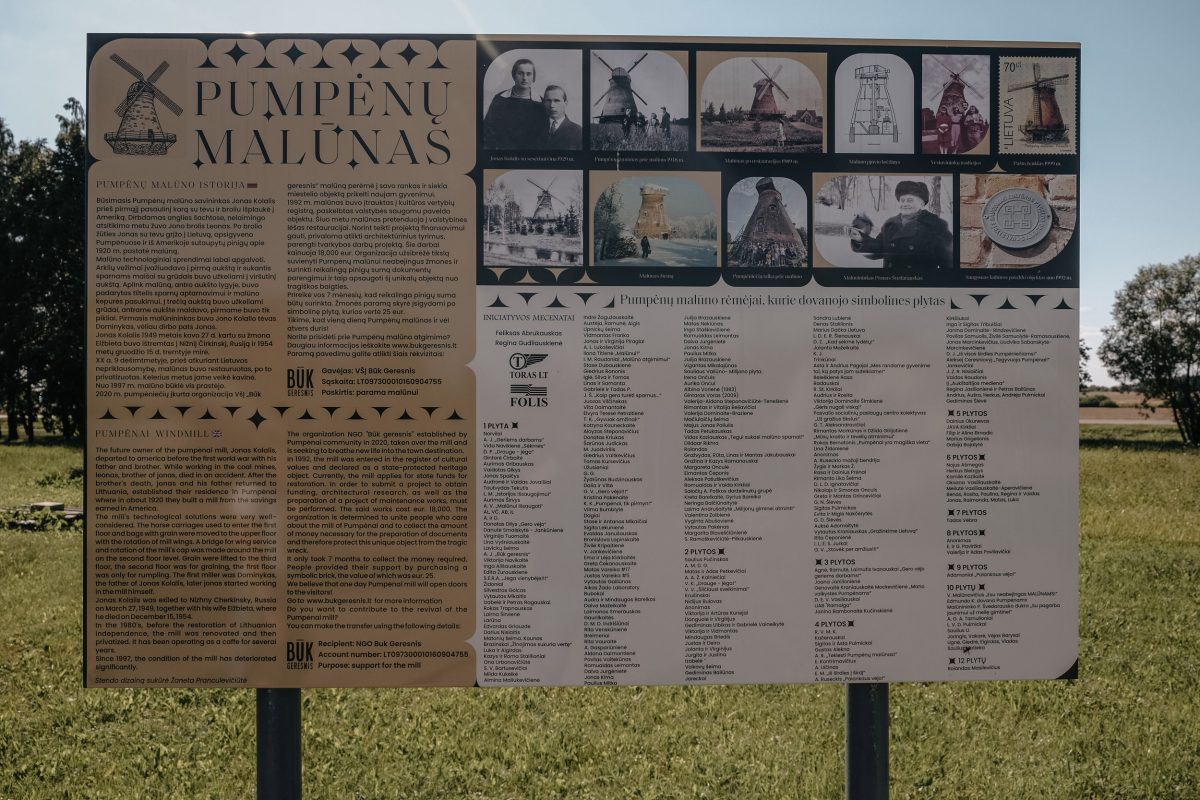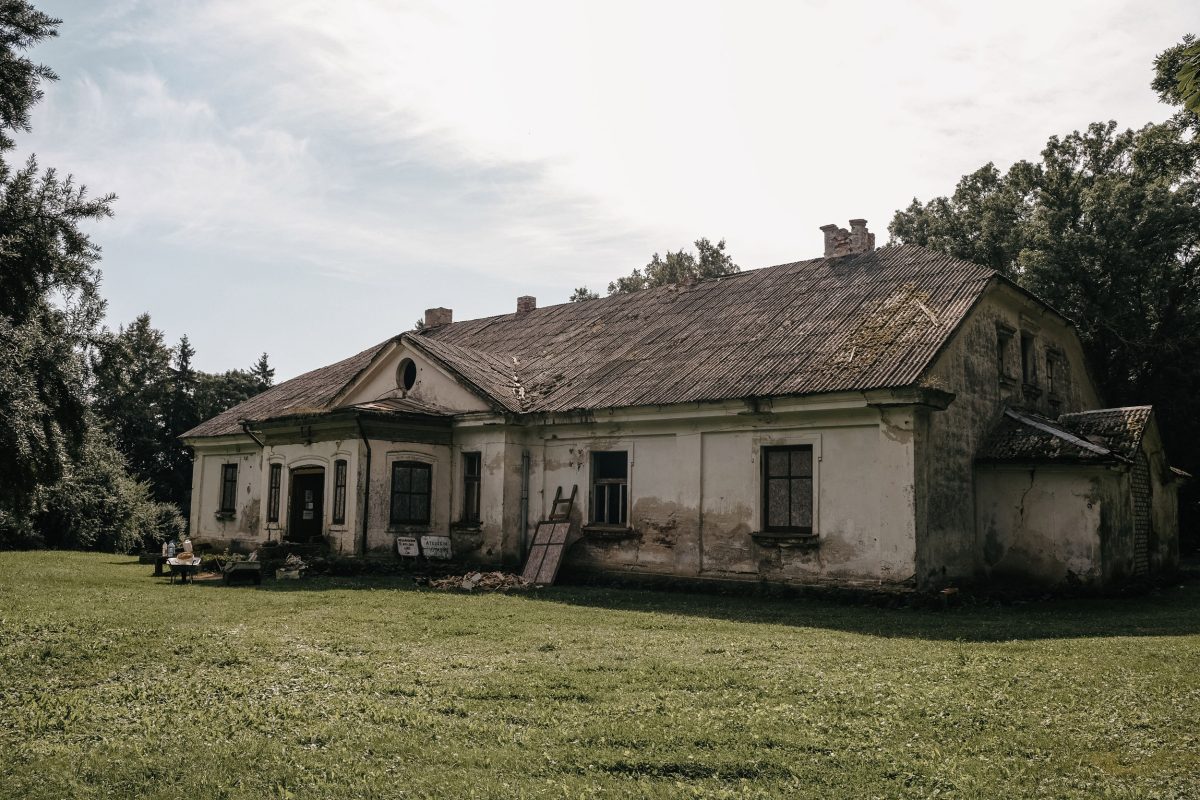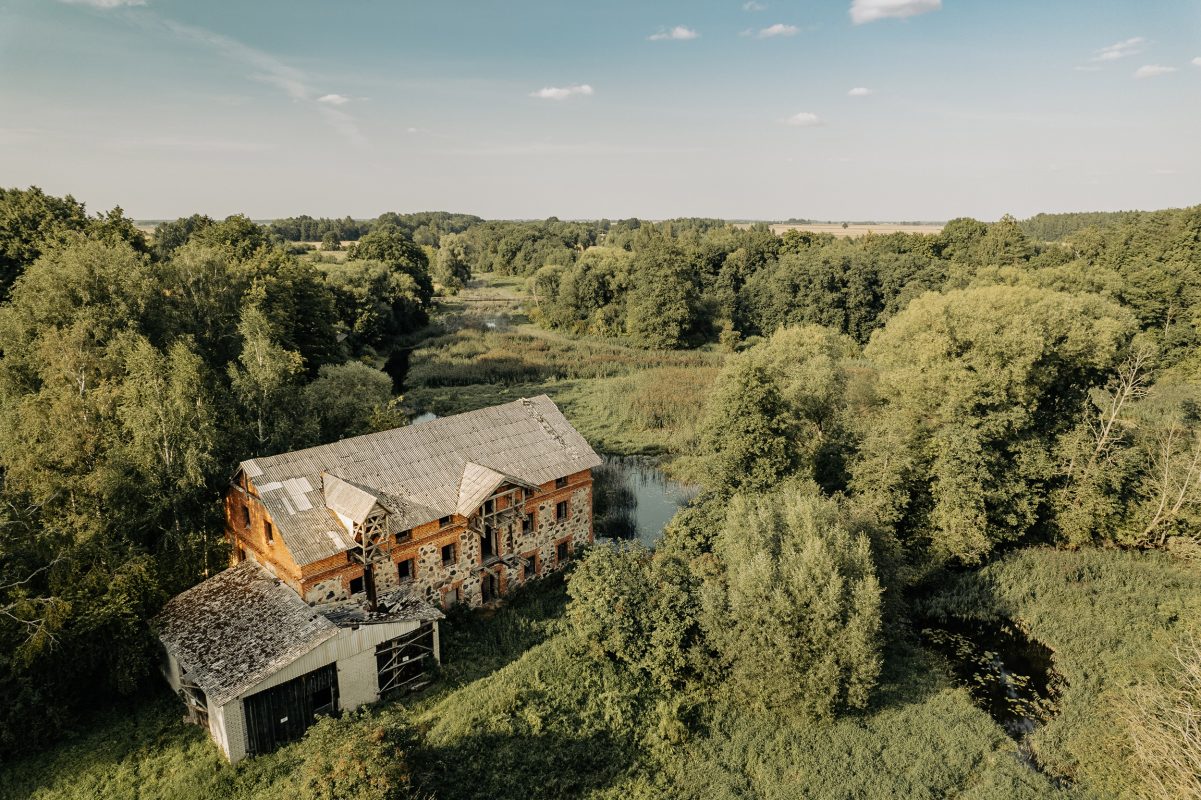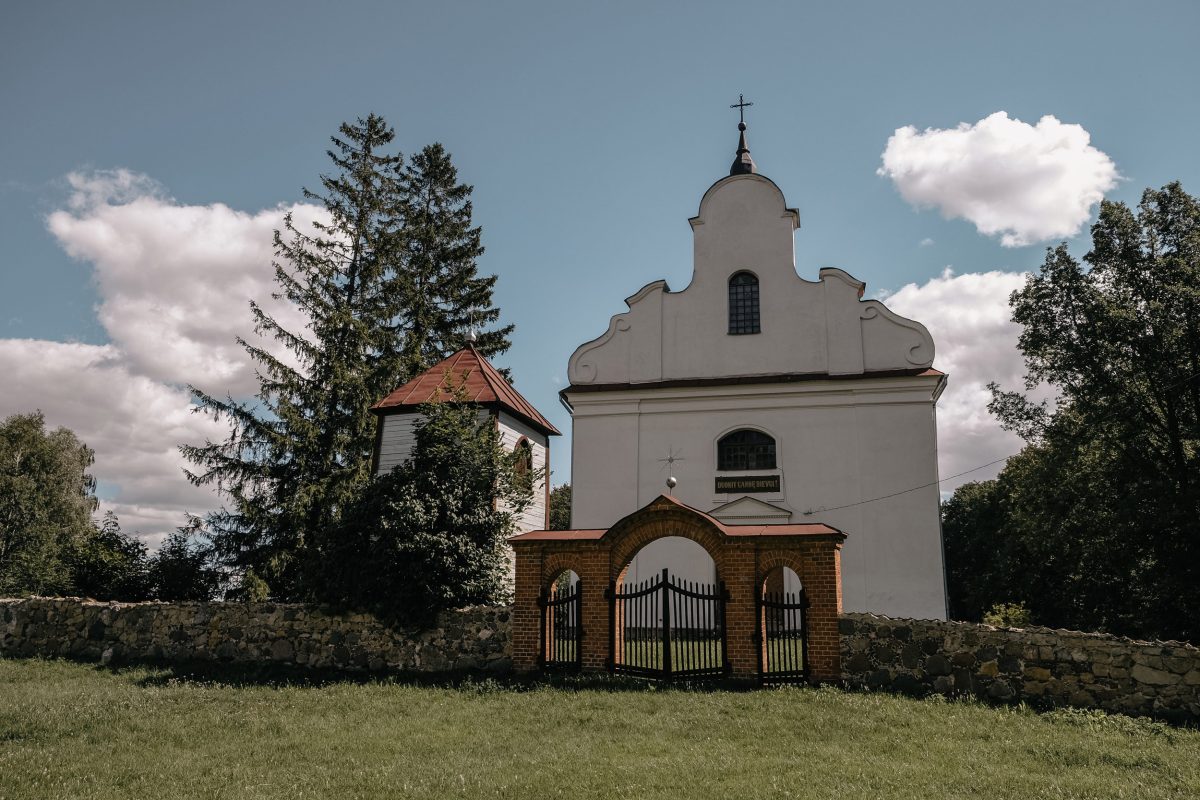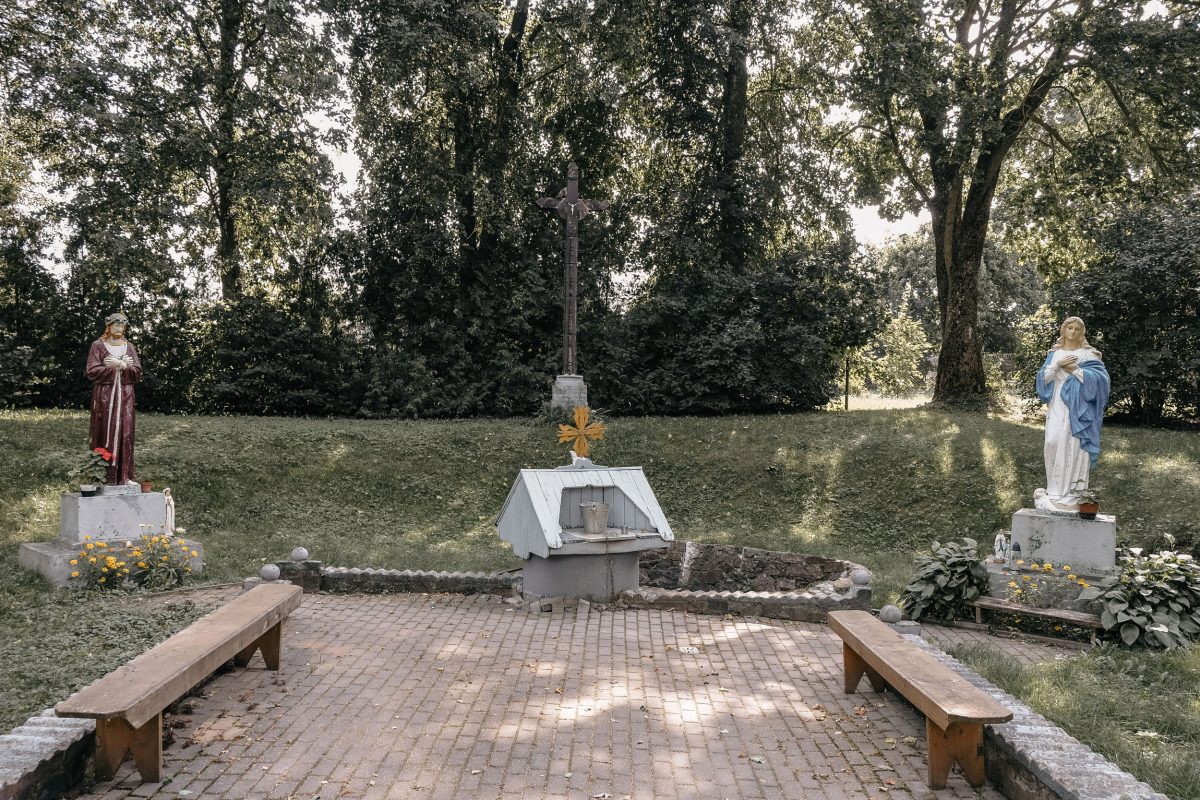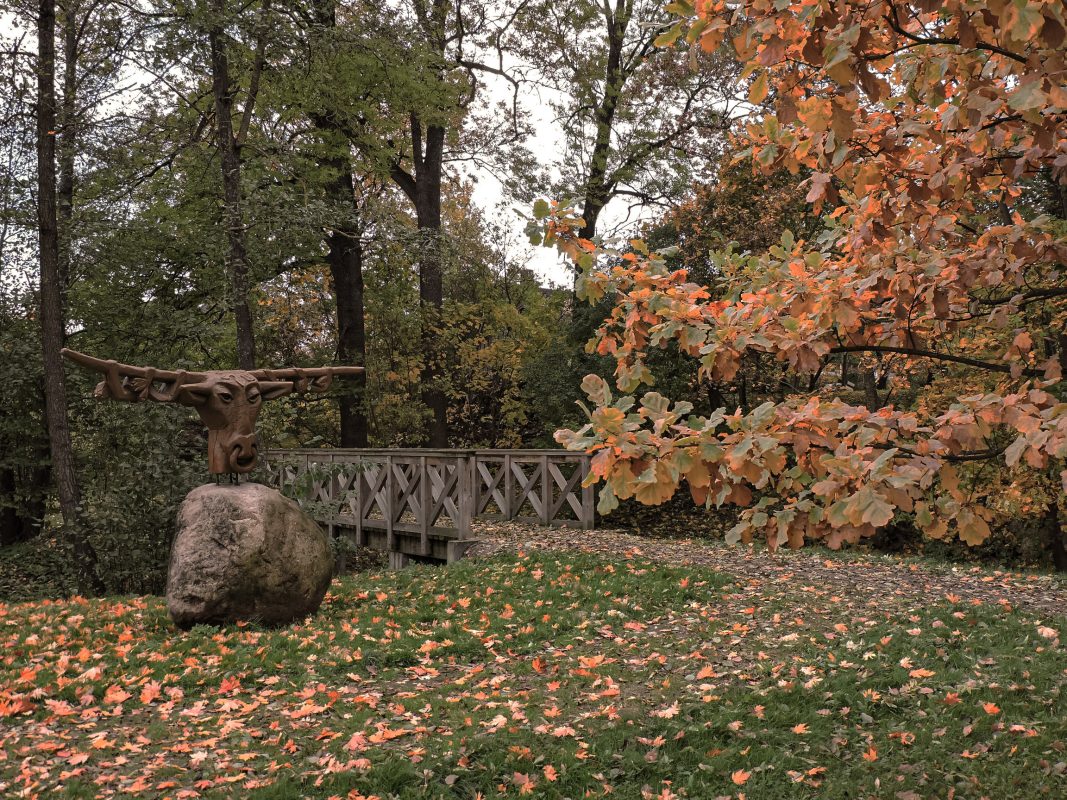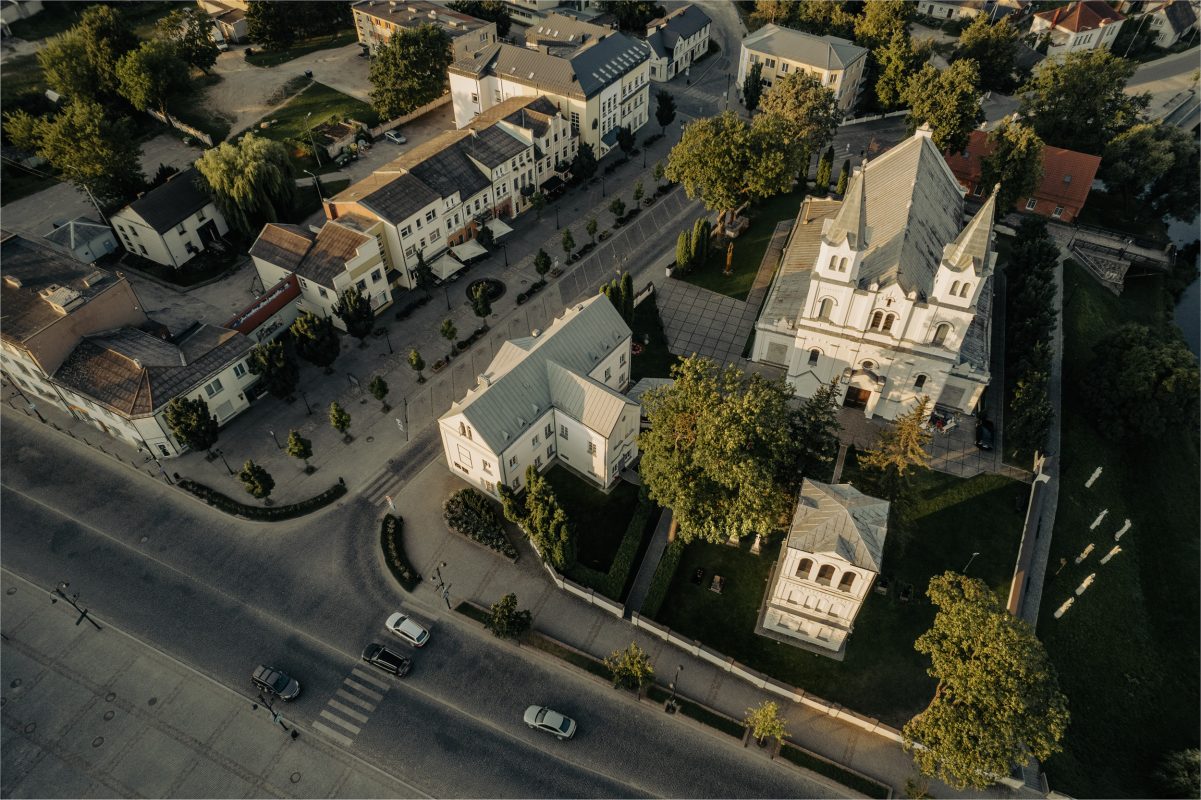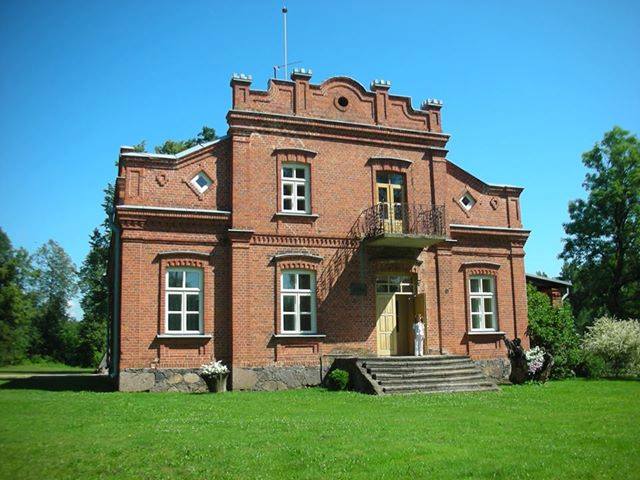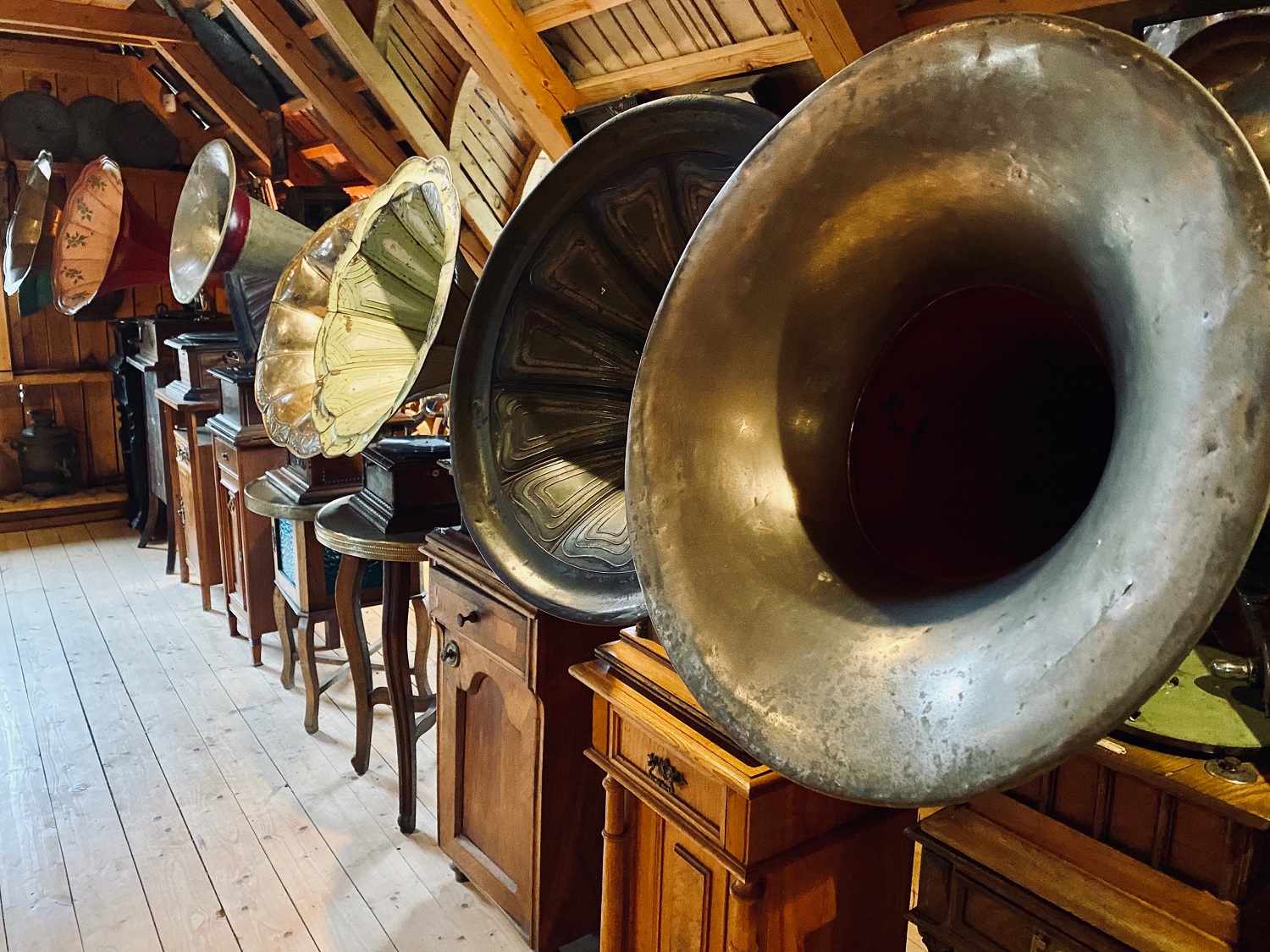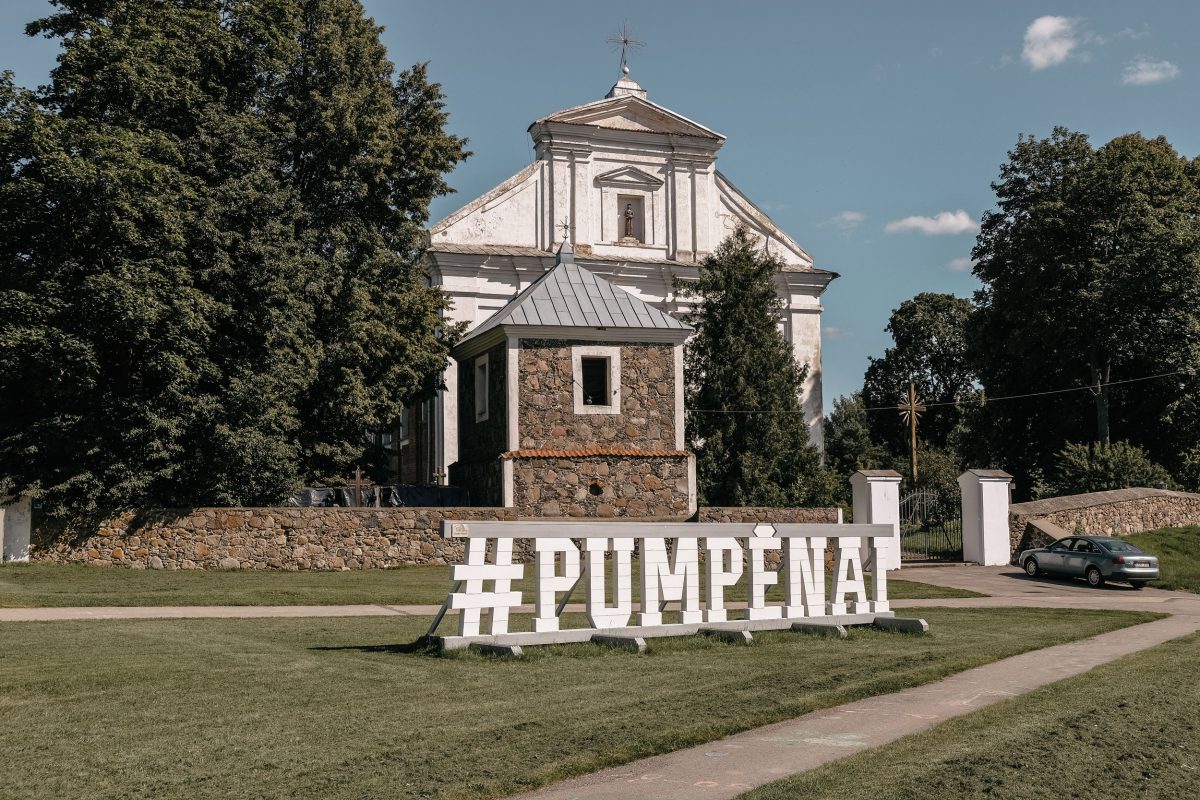Pumpėnai Church of Our Lady of Mount Carmel

60

0

1
The history of Pumpėnai is closely tied to the establishment of the Carmelite monastery and church in the 17th century. Noblemen Jurgis and Povilas Zavadskis were the ones who initially settled the Carmelite community in the town and built them a place of worship. Over time, after two fires that destroyed the monastery in 1770 and 1797, it was decided to construct a brick church. Initially, a temporary structure made of clay and straw was erected until the current church was completed in 1818, with the involvement of local Carmelites in its construction.
Info
-

Religious Heritage
-
Whats new?
Nearby attractions
Nearest museums
Nearest entertainment

 Entertainment
Entertainment
 Food establishments
Food establishments





























 55.934954, 24.343121
55.934954, 24.343121
 Get directions
Get directions








